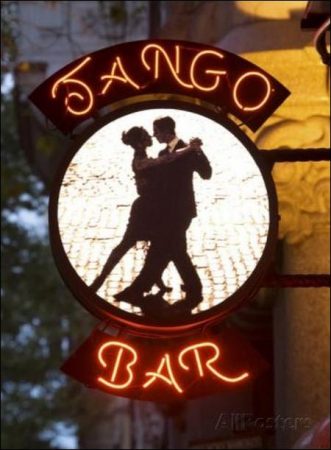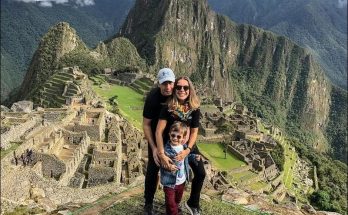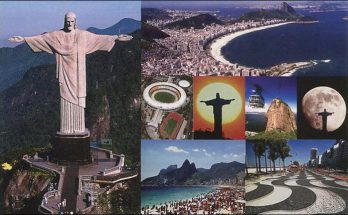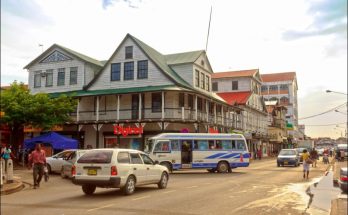The best day to visit San Telmo, the oldest district of Buenos Aires, Sunday, when the antique street festival takes place. Besides antiques, clothing, porcelain and handicrafts, one can find a wide choice of restaurants and cafes around the plaza Dorrego, the heart of the fair. The street is busy with several street musicians and artists.
Synonym of Tango and soccer, the district of La Boca attracts attention with houses painted in different colors. La Boca is located in the stadium of Boca Juniors football team celebrated player Diego Maradona. Go to the stadium is crucial to get in touch with the passions of soccer Portenhos that the inhabitants of Buenos are called (the meaning of the port).
Speaking of Tango, the sensual rhythm of Argentina can be enjoyed in various ways. The tanguerias are totally designed for tourists and to present a “jaw dropping” show with orchestras and dancers on stage, with dinner included. Milongas are balls casual frequented by people of all ages, where you can try to learn first steps of tango.
In Caminito, a pedestrian street of 100 meters, tourists tango shows on the streets or bars. The street was founded by famous local artist, Benito Quinquela Martín, who urged residents to paint their houses with colorful studio in the neighborhood has been transformed into a museum (Museo de Bellas Artes de La Boca), with some of his works and other exhibitions. In La Boca is also worth a visit Proa Foundation, one of the newest and best galleries in town.
Recoleta is one of the most aristocratic of the city, although the only thing that most attracts the attention of the Argentines and foreigners is the local cemetery, where Evita Peron’s remains are. Even today, Argentines gathered at his mausoleum to mourn the death of political leader and “standard-bearer of the humble.” North of the cemetery entrance, you can see the colonial baroque church Nuestra Señora del Pilar, built by the Jesuits in the early 17th century.
Buenos Aires Design is an enclosed shopping center dedicated to furniture and decoration. Walk a little more, you will find the main museum in Argentina, Museo de Arte Moderno, with its collection mainly European cuisine. Palermo, divided by area, is the largest district of the city. Palermo Soho is an elegant, bohemian and avant-garde area full of fancy shops. Plaza Cortázar, in honor of the Argentine writer Julio Cortazar, is the epicenter of bohemian Soho. The place is surrounded by fancy trattorias, cafes and bars.
The bosques (forests) Palermo host many natural areas. The Green Zone includes Jardín Japonés (Japanese Garden), Planetarium (Planetarium) Galileo, Jardin Botanico (Botanical Garden), the zoo and other areas of artificial lakes surrounded by trees. In these places, portenhos gather to sunbathe and walk. Also in the neighborhood is the Malba (Museum of Latin American Art). Malba has a large collection of Latin American artists of the 20th century.
The newest neighborhood in Buenos Aires Puerto Madero, reborn in 1991 with the resumption of the Old Harbour area. The area became a tourist attraction upscale with sophisticated restaurants and nightclubs, where you can stay until dawn. The Puente de la Mujer, abstract intended to illustrate a couple dancing the tango is a beautiful bridge that connects the two sides of the old dock.
No matter where you go into this “Paris of Latin America”, you’re sure to find a vibrant and exciting. The big question is where to begin.
Visits: 81



